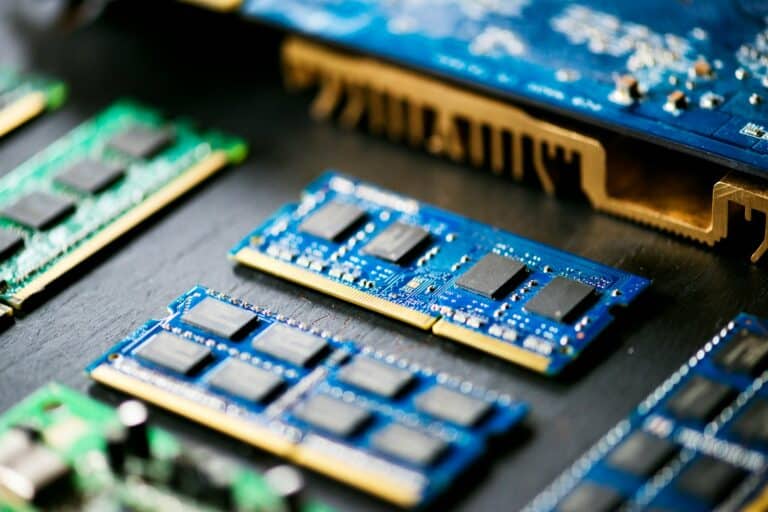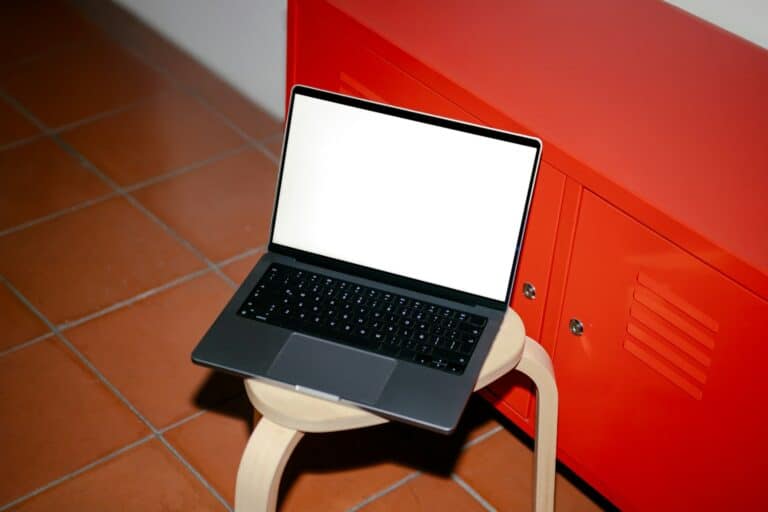Proper disposal of medical equipment is becoming increasingly important for communities everywhere. As these items reach the end of their useful life, it’s crucial to handle them responsibly to prevent harm to both people and the planet. Often, outdated or malfunctioning devices can carry toxic substances that pose serious risks. That’s why it’s essential to dispose of them in a way that mitigates these dangers. Whether it’s a hospital needing to clear out old machinery or an individual looking to discard personal medical devices, understanding the correct processes can make all the difference.
Besides environmental concerns, this practice also considers human health. Improper disposal can lead to the release of hazardous materials that contaminate water and soil, ultimately affecting the health of local communities. By adopting responsible disposal measures, everyone contributes to a safer and cleaner future. Through awareness and practical action, sustainable solutions can prevent long-lasting negative impacts.
Understanding Medical Equipment Disposal
Medical equipment disposal involves safely discarding devices like monitoring machines, scanners, and even smaller items like thermometers. These pieces of equipment often contain materials that should not end up in regular landfills. Understanding why specialized disposal is needed starts with recognizing the potential harm these devices can cause if not handled properly. For instance, some equipment contains hazardous substances such as mercury or lead, which require specific procedures to handle.
Commonly, there are a few steps to consider in medical equipment disposal:
1. Identification: Begin by identifying which devices or parts need to be disposed of. This can include anything from an entire machine to smaller components.
2. Assessment: Evaluate the condition of the equipment and determine if any parts can be repurposed or need special care due to hazardous materials.
3. Segregation: Separate different types of materials, ensuring that recyclable components are not mixed with hazardous waste.
4. Transportation: Ensure safe and secure transportation to a facility that specializes in medical equipment disposal or recycling.
Different types of medical devices require distinct methods based on their materials and potential environmental impact. For example, an X-ray machine must be treated differently than a simple handheld device. Understanding these nuances ensures that disposal is conducted correctly, safeguarding both health and the environment.
Best Practices for Medical Equipment Disposal
Handling medical equipment correctly starts with knowing what steps to follow. To make sure disposal is done the right way, it’s vital to stick to methods that protect the environment. First off, recycling is a great option for items like metal components. If possible, these parts should be sent to facilities that specialize in recycling. This practice reduces waste and recovers valuable materials.
Another key point is preparing the equipment before disposal. This includes cleaning and decontaminating the devices. It’s important because equipment can often carry biological or chemical hazards. Proper cleaning ensures that these hazards are removed before disposal, lowering risks to handlers and the environment.
Compliance with regulations is another major factor. Various authorities, like the Environmental Protection Agency, offer guidelines to ensure safe handling. It’s wise to consult these regulations to remain compliant and protect everyone involved. Knowing these rules helps in choosing the best disposal methods and prevents legal issues.
Services Provided by Beyond Surplus
From start to finish, the services offer a comprehensive approach to getting rid of medical equipment. Designed for areas like Augusta, Columbus, Macon, and Savannah, these services cater to different needs. Whether it’s a small clinic or a large hospital, they manage every aspect from collection to final processing.
Pickups and drop-offs are made simple, taking the burden off individuals and organizations. With convenient scheduling, setting up a pickup is hassle-free. Plus, tailored options make sure that specific requirements for hazardous materials or large volumes are handled efficiently.
Opting for a professional service ensures that disposal is done in an eco-friendly way. This is not just about convenience; it’s also about peace of mind knowing that equipment is managed according to best practices. With expert knowledge on regulations and recycling methods, these services stand as a reliable choice.
How to Get Started with Medical Equipment Disposal
Diving into responsible disposal might seem overwhelming, but breaking it down into steps makes it more manageable. Here’s a straightforward way to kick off the process:
1. Contact a Professional Service: Reach out to a trusted service for medical equipment disposal. Share what type of equipment needs disposal and any specific concerns about it.
2. Schedule a Pickup or Drop-off: Decide whether you prefer a pickup or are able to drop off the equipment. Professionals can guide you on preparing the equipment for transport.
3. Ensure Proper Documentation: For businesses, maintaining records of disposal is key for compliance purposes. A certified service provides documentation to back this up.
Beginners might worry about the complexity of the process. However, with the right guidance, even detailed regulations become manageable. The result is a streamlined experience that ensures responsible and safe disposal.
Taking the Next Step Towards Responsible Disposal
Considering all the risks associated with improper disposal, it’s clear that responsible actions today shape the environment and community health outcomes. Taking just a few moments to ensure medical equipment is disposed of safely leads to a host of benefits. Cleaner communities, safer surroundings, and compliant businesses stand as just a few rewards.
Continued effort in managing waste responsibly means that old medical equipment could seamlessly transition from burden to resource. When these practices become routine, the positive impacts grow, paving the way for sustainable progress. So, while the task might start with just one piece of equipment, the broader goal is fostering a healthier, safer world for everyone involved.
As you think about the impact of your actions for a healthier environment and community, consider how proper medical equipment disposal plays a role. Partner with Beyond Surplus to navigate this process with ease. They provide thorough disposal services, ensuring your old devices do not pose any harm. Ready to make a positive change? Reach out to reclaim space and contribute to a safer, greener world.



